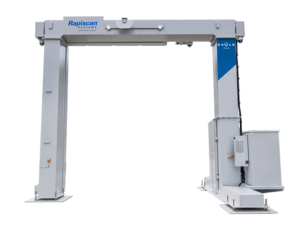
Despite being given hundreds of millions of dollars that past few years to deploy advanced scanners at ports of entries to screen vehicles entering the U.S., Customs and Border Protection (CBP) fell behind in the program due to planning miscues and hasn’t invested in new technologies to help automate the current manual reviews of images taken by the scanners, says a draft report by House appropriators. The report also says that delays in purchasing the non-intrusive inspection (NII) equipment led…

 By
By 











